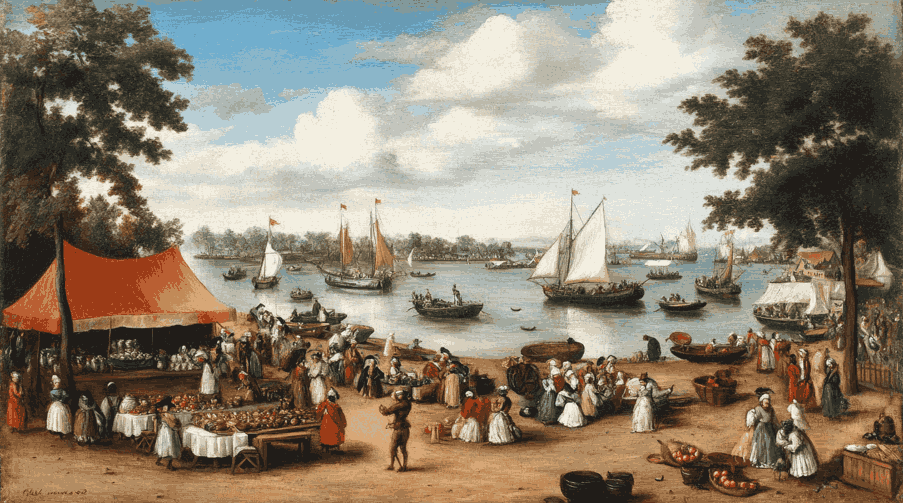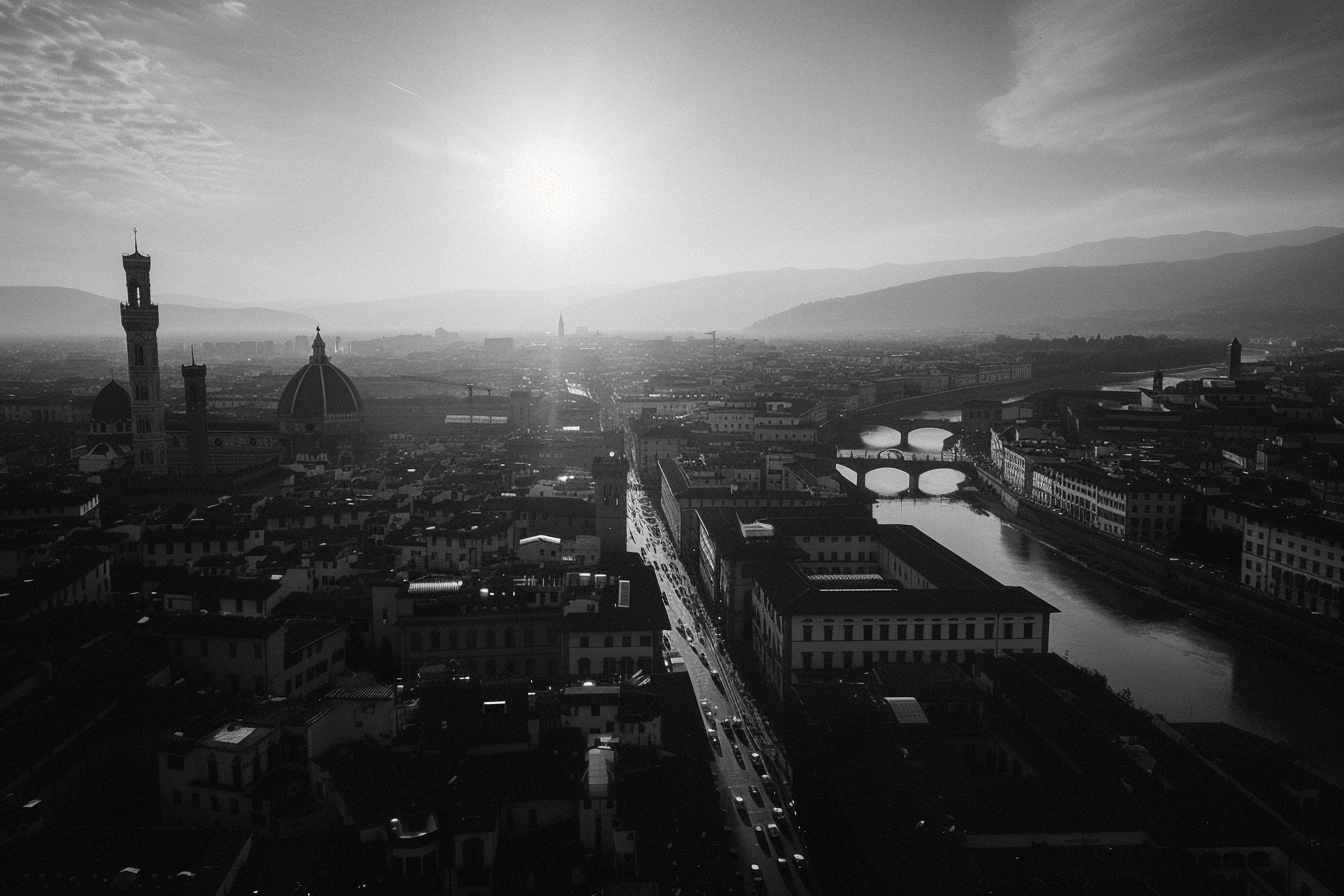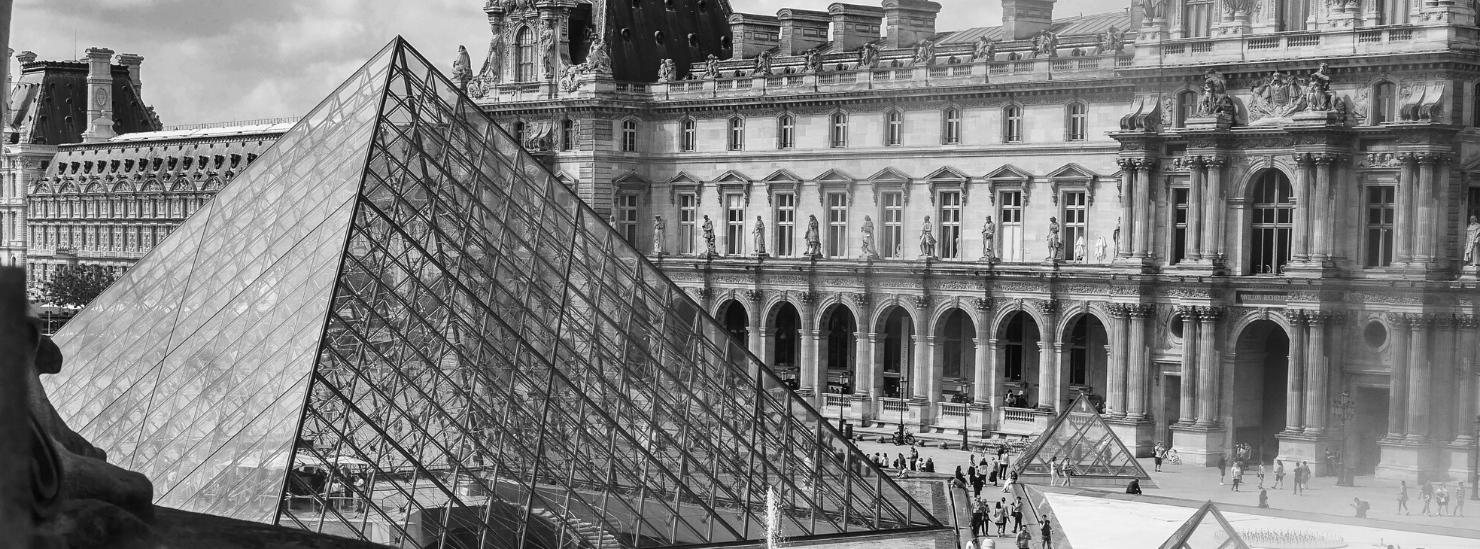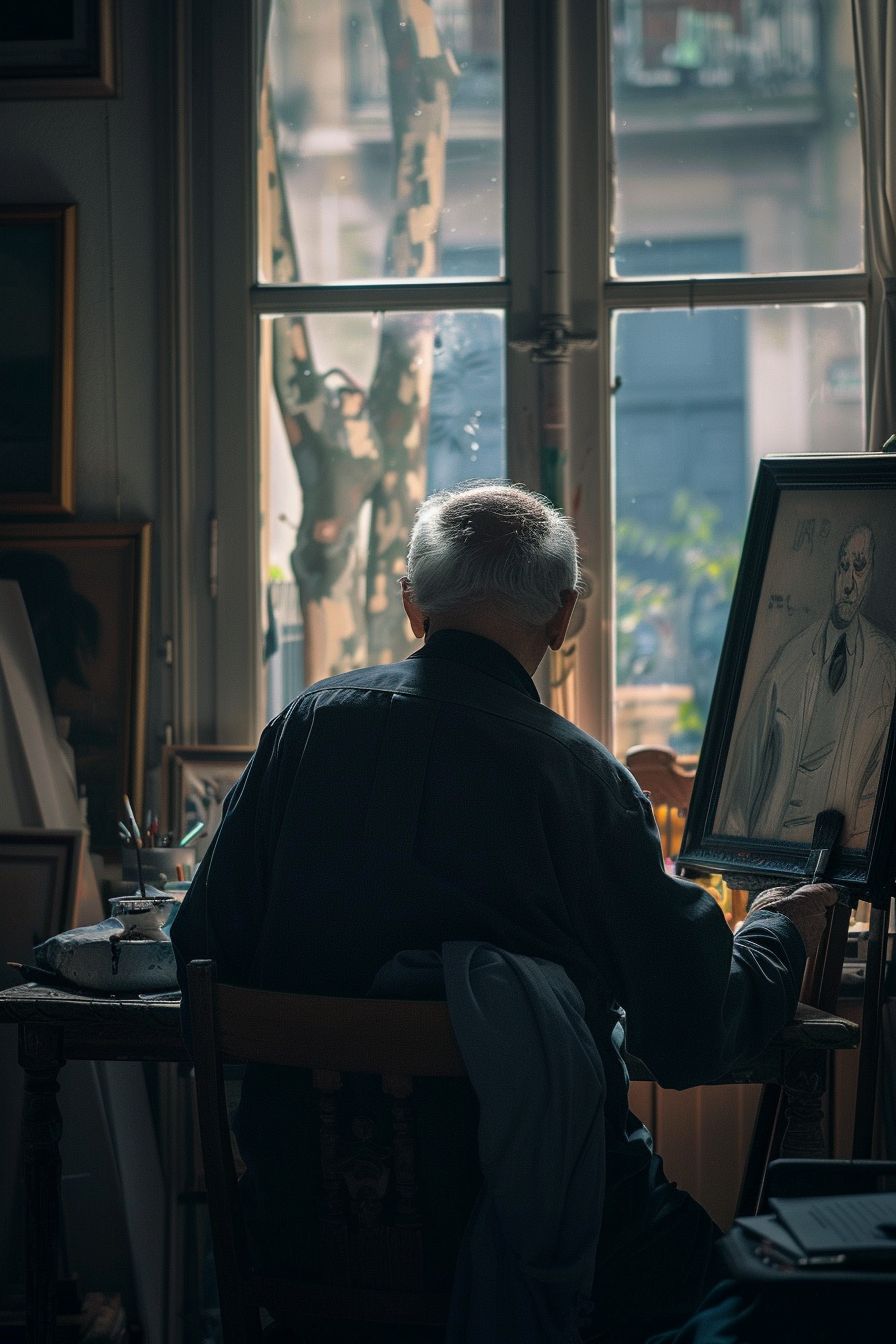
In the hallowed halls of the art world, there are few names as revered as Pablo Picasso. His works, characterized by their ever-evolving styles, have left an indelible mark on the canvas of human creativity. Among his vast portfolio, one painting, in particular, stood as a testament to his genius – “The Painter.”
“The Painter” was not just another piece of art; it was a masterpiece that captured the very essence of Picasso’s evolution as an artist. Created during his transformative Blue Period, it depicted a melancholic artist seated before his easel, a testament to the profound sadness that had coloured Picasso’s own life during that time.
The painting itself was a whirlwind of emotions. The painter’s eyes, like twin sapphires, glistened with unshed tears, reflecting the turmoil of his soul. The palette in his hand, usually a symbol of creation, seemed heavy, as if burdened by the weight of his sorrow. The background was a sea of deep cobalt, accentuating the artist’s isolation.
For years, “The Painter” was showcased in museums and galleries around the world, each viewer finding their connection to the forlorn figure on the canvas. It was a work of art that transcended time and space, touching the hearts of all who beheld it.
But, as fate would have it, tragedy was destined to befall this masterpiece. In 1998, “The Painter” was part of a prestigious art exhibition that was to be transported by air to its next destination. The painting was carefully crated, its frame wrapped in layers of protective padding, as if shielding the fragile soul of the artist himself.
As the plane soared through the skies, carrying with it the hopes and dreams of countless art enthusiasts, a sudden turbulence struck. The once serene flight turned into a chaotic battle with the elements. The plane bucked and swayed, as if trying to break free from the heavens.
In the cargo hold, where “The Painter” rested, the turbulence unleashed its fury. The crates were tossed about like flotsam in a tempestuous sea. Desperate shouts and alarms filled the air as the plane fought to regain its composure. But it was too late.
One final, heart-wrenching jolt sent “The Painter’s” crate hurtling through the cargo hold. It crashed against the unforgiving metal of the plane’s hull, the force of the impact shattering the protective glass that shielded the painting. As the crate splintered open, the masterpiece was exposed to the violent winds and freezing temperatures at 30,000 feet.
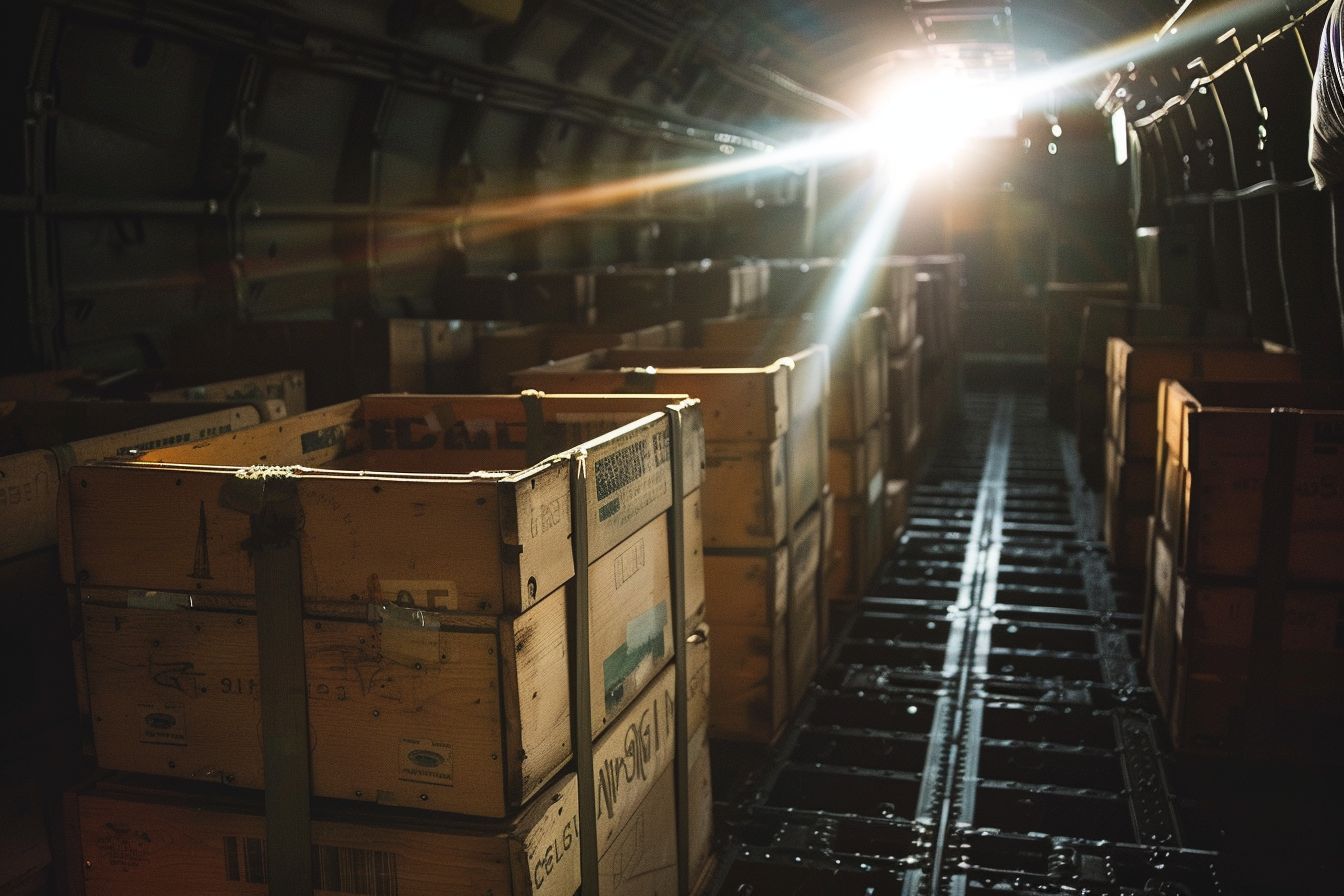
The passengers, unaware of the tragedy unfolding beneath them, continued their journey, oblivious to the loss that the art world was about to face. The once-vibrant colours of “The Painter” were now fading into a ghostly pallor, as if the very life force had been drained from the canvas. But tragedies, hardly come alone. The Swissair flight 111 crashed in Nova Scotia (Canada) killing the whole crew and all the 229 passengers.
By the time the plane crashed, the damage was irreversible. “The Painter” had been lost to the world, its forlorn figure forever marred by the cruel hand of fate. Art experts and conservators wept at the sight of the once-majestic masterpiece, now reduced to a haunting spectre of its former self.
The world mourned the loss of Picasso’s “The Painter” a painting that had touched the depths of the human soul, together with more than 200 innocent lives. It was a tragic reminder that even the most enduring works of art are not immune to the capricious whims of destiny. And as the art world grieved, a sombre truth hung in the air – that sometimes, even the most cherished treasures can be lost in the blink of an eye, leaving only the echoes of their beauty behind.
Is to ensure that similar tragedies do not happen anymore that AURORA Project was born. Our struggle against theft, falsification and loss of works of art is just a battle in a difficult war.



